Now we’re talking – some legit new features here coming from COROS. First up, they’ve launched a new track mode that increases the accuracy of running on a track, by somewhat ‘snapping’ to the track and even the specific lane that you’re in. Super cool in concept.
Atop that, in conjunction with their new external running pod (called the Performance Pod), they’ve rolled out running power and efficiency metrics. Whether or not the running power metrics are accurate, nobody knows (more on that later), but they’re showing the power metrics in a better breakout than anyone else. It’s almost like they’re listening to the criticisms of other running power devices out there on how to display the components of power.
I’ll dive into all these things below – but if you’ve got a COROS Vertix, COROX Apex, or COROS Apex Pro, then you can start using the track mode either today or tomorrow depending on the unit (APEX today, Vertix & APEX Pro tomorrow at latest, Pace in a few weeks). And the new COROS Pod is available today too, as either a standalone unit ($69) or with a watch ($49). More on that later.
Track Mode:
First up is the new track mode. This doesn’t require the pod at all. This mode allows you to specify which track lane you’re running in (on a 400m track), and then it’ll ‘snap’ to that track. Both the GPS track for that specific lane, as well as your distance shown on the watch. To enable this, when starting a run (even if starting from home or away from the track), you’ll choose the ‘Track Run’ option from the sport menu:
(Again: None of this needs the new running pod, this is just a firmware update.)
Next, you’ll get to choose which lane you assume you’ll run in. In my case, I selected Lane 1. Fear not, you can change this mid-run if you need to by pressing pause.
After that, you run to the track. You can also start out on the track too, but I figured a warm-up was a good test. The idea is that after you’ve done a single loop of the track, it’ll detect that it’s on a track, and then the accuracy will increase over the subsequent loops. In fact, it’ll then tell you it has recognized the track.
Sorry for the Paris Hilton-esque photo below, it was raining and on a GoPro and running quick. It says “Track Recognized! Keep running on the track.”
At that point, distance and GPS from the unit should be snapped to the track. COROS says that the more you run around the track, the more accurate it becomes. They say they aren’t using any sort of compass/gyro in this, but purely GPS data with some algorithms behind it. In fact, they say in theory they could program it to recognize any pattern. Meaning, you could run loops around a hotel in Ghana the same way repeatedly if you lack a track (today, that’s not implemented).
But this is somewhat where what I hoped would be a love affair with the feature fell apart. See, this was the last message I got about being on the track. It was akin to just getting a text message saying ‘You’re on a track’. Well…yes, thank you for telling me what I already know.
When it came to increased accuracy – it didn’t seem appreciably different than what I already get in track workouts. I typically see laps coming in at .24 to .25mi (.39-.40KM) on my Garmin watches. And that’s exactly what I saw here in ‘Track mode’ – it varied, despite hitting the lap button at precisely the same spot on each 400m loop.
Further, when it came to pacing – it definitely wasn’t better there. I’m pretty solid at pacing on the track, from years of experience. I was hitting my 100m splits at 22 seconds a pop (so 88-second 400’s, or a 5:52/mile pace – 3:39/km). Yet the instant pace shown was all over the place, varying 15-30 seconds/mile – well beyond my actual variance. And that’s with the pod as well, which I’d think would have helped somehow in the whole situation. And sure enough, if I look at the middle sets of my workout (after the first 400, which, like every athlete, I started way too fast), you’ll see the Vertix, while smoothed, isn’t actually any better than the others. In fact, you’ll notice a pattern that it’s too slow to respond in the first 10-20 seconds of an interval (something I saw on the track).
Finally, there’s no actual confirmation of each lap – unless I had autolap configured. The problem there though is that you can’t change that mid-run. So even if I set it for 400m (.40km) then what happens when I want to run 200’s, or 800’s, or a 1,600? I can’t.
But ok, before I give them some encouragement – what about the GPS track? Here’s the COROS Vertix (left wrist) and Garmin FR945 (right wrist) and the side by side.
Ahh…that’s somewhat promising!
So, the COROS Vertix clearly has snapped the GPS track (albeit not quite in the right spot). Though, it totally FUBAR’d the entry and exit to the track. Like, nowhere near where I ran. And when I ‘exited’ the track to go back to the office, it took some 200-300m until it finally showed me as leaving the track.
Oh fine, and just for completeness – the Polar Vantage V and FR935 below too:
COROS says that the track detection is subtle enough to know when you left to go to the bathroom and back, but it doesn’t quite appear to be the case yet. Most times there’s just a porta-potty or a tree near the track. Or not, and you just do this instead.
So ok, there’s some promise, but it’s definitely not there yet today. It doesn’t provide any tangible value to you *on the track* yet. But maybe they could. Here’s what I want to see in a ‘TrackPro’ type feature:
1) Ability to manually specify when I’ve gotten on the track (since auto-detection seemed a bit flaky)
2) Ability to have pacing be consistent
3) Ability for watch to show me in meters in real-time, even if using statute (see: All American Runners)
4) Ability for it to show me lap summary (see Suunto’s workout summary screen, copy it)
5) Ability to manually leave the track
6) Have the GPS track be perfect (and they’re super close on this one)
To me, the most important ones are #2/3/4, especially #4. After I did a whole pile of 400’s I lost count of them. But having auto-lap just isn’t how people do real-life track workouts. Because most people doing a track workout just don’t do all 400’s. They’ll do all sorts of varied things.
Again – I like the thinking here, but I think they just need to find some local track groups and have them use it and listen to their feedback. Or just do the list above.
Running Power & Efficiency:
First off, before we begin: I don’t know if the COROS Running Power metrics are “accurate”. Nobody does. Anyone that says they do is full of it and probably trying to sell you something. The reason is simple: Nobody has defined how we measure running power. The scientific community disagrees on this, as there are multiple ways to define it. It doesn’t matter if you’re using Stryd, Garmin, Polar, RunScribe, or COROS (among others).
Instead, what I’m looking for right now is mostly consistency. And explanation – which, COROS actually does a good job on (the explanation bit, one sec, hold on). However, despite what we humans might like to think, there’s no logical reason why your running power should match your cycling power. None whatsoever. That’s a handy thing if/when it does, but they are two radically different sports using your muscles in different ways.
Which doesn’t mean I’m negative on running power. I’m not at all. But I’m also not buying all the marketing claims. Running power can and is used by a number of people correctly in the right situations. And I think Stryd’s move towards trying to account for real-time localized wind conditions is a good step there (Garmin did it via weather stations previously, along with some added calculations atop that).
Got all that? Good, let’s talk about what COROS does. First up, you need their pod (see the pod section after this). The pod simply attaches to the back of your running shorts, just like the Garmin pod. It’s just a bit chunkier. A few too many donut stops perhaps. Though, I do enjoy donuts.
Once that’s on, you’ll pair it to your COROS watch as a regular ANT+ accessory. Best I can tell, COROS isn’t using the ANT+ RD standard here, which is too bad. That would mean that Garmin users that want to convert to COROS can’t easily do so if they had an RD pod already. Or vice versa. Which is my standard reminder that sports tech companies lose the right to complain about dominance when they don’t support standards that are explicitly designed to help them compete. You can’t have it both ways.
After that, you simply go out and run. On the screen itself you can configure the running efficiency metrics, but you actually can’t configure which pages the running power data field shows up on. It just dances to its own beat and shows up on a random page you can’t customize:
But, beyond that, you can customize pages with the other metrics:
In terms of the stats you can configure they are as follows:
Running Power: Pretty straight forward, in watts
Running Efficiency: This is speed to power to weight score, and is tied to both a grade (e.g. 94), as well as a score (i.e. ‘medium’).
Stride Length: The length of your running stride
Ground Contact Time: Measured in milliseconds – shorter is better
Left/Right Balance: How balanced your running stride is
Stride Height: Basically how much bounce you have (same as Vertical Oscillation on a Garmin)
Stride Ratio: Just a ratio of Stride Height vs Stride Length
With the exception of the Running Efficiency score, all of these are the same metrics as seen on a Garmin or Stryd device – some of them just by slightly different names.
You can see them mid-run, assuming you’ve configured your data displays that way:
Or here:
Or here too:
So…what about the data afterwards? First, it shows up in the summary information on the watch, but then also in the app with plenty of data pages to poke at:
I do very much like the way they split out the power components (Running Power Analysis, below). This is an area that’s led to many great debates on Stryd power vs everyone else, and how the differences are accounted for:
And, they record power into the overall .FIT file correctly so it picks up by various apps. However, the running efficiency metrics do not appear to be recorded into the .FIT file per .FIT file developer field standards.
Still, let’s talk running power. Here’s a bunch of 400m intervals comparing a bunch of running power meters. I’ve listed them all in the title of the graph below. You can open the graph and ponder it. Perhaps it’s art.
Look – as I said earlier – there’s zero reason to assume any one of these is absolutely the right answer. However, I would say that intervals 4-7 look a bit suspicious with the huge spikes of power from the COROS Pod when everyone else is more even.
Your call – but the data’s there for the taking.
COROS Performance Pod:
Finally – as noted, here’s a closer look at the COROS pod. As a reminder, it’s $49 with a watch, or $69 by itself. However, COROS is smartly offering existing COROS users the ability to buy one at the $49 price point through the COROS User Portal until Nov 30th.
The pod takes a standard CR2032 coin cell battery:
And here it is next to the Garmin RD pod. Size-wise the larger size doesn’t bother me. But, Garmin did make theirs hideous neon yellowish-green for a reason: You see it on running shorts before tossing them in the washing machine. Also, Garmin pops-up a message to remove the RD pod after use – reminding you to take it off then. COROS doesn’t do that.
Of course, changing the clip to a brilliant Strava or Zwift orange would be easy, as would adding a software reminder message after you’ve exited your workout to remember to take it off before killing it in the washing machine.
[Update: COROS says they do show a removal notification, though I haven’t seen it on my runs yet. Either way, sounds like that’s sorted one way or another. Also, they noted that their unit should survive a washing machine. I suppose the question is how it handles the dryer…]
Finally, COROS provided in their media kit a chart comparing all the units. It’s actually pretty good. But I’ve fixed it for them:
See, not adding ‘Power’ to Garmin’s RD-Pod is a bit of a side step, since it’s simply a data field you add on your watch. I think we can all agree that’s trivial. And since you’re comparing HR straps – one should add in heart rate (HR) as a line item. And Stryd does have an altimeter in it, plus wind for the wind bit. But beyond that – they’re spot-on.
I’ll add it into my running pods comparison chart here shortly. Today’s a rippin’ busy day.
Wrap-Up:
So here’s the thing – I like where COROS is going with this. I really do. I think the concept of a track mode is something that’s vastly overdue. So many runners do workouts on a track, and yet our data from GPS watches on it is largely just a bunch of non-perfect wobbly circles. I certainly don’t use pacing information from any GPS device on the track today. I just do mental math in my head on where I should be for my split times per 100m and extrapolate it out.
But it shouldn’t be that way. There’s a pile of different ways companies could solve this issue. The fact that COROS is at least thinking about it is good. But, as it is implemented today, it doesn’t yet provide me much value. If they had nailed the GPS coming in/out of the track itself – then that’d have earned itself ‘Hot damn’ points, a start. But once I got on the track and it told me I was on the track, it didn’t provide any tangible benefit.
When it comes to pacing sets on a track, it has to be perfect. Being 15-20 meters off isn’t good enough. That’s 2-4 seconds per 100, which is 8-16 seconds per 1,600 – a massive difference between a properly paced set or not (or a target pace). I know this sounds harsh, but that’s how track workouts work. Specificity is key.
Now, onto the running pod – I think it’s priced super well. It’s in the sweet spot of an impulse buy. Perhaps COROS could consider that pricing theme for their other higher-end watches, which are still overpriced. As for the day – it seems plausible. There’s no way to realistically compare any of it, there’s no standards for power for example. The other metrics, just like I’ve said for Garmin’s Running Dynamics – remain to find a true use day to day, other than post-run analysis. I would have liked to see COROS follow the ANT+ Running Dynamics standard though, it’s too bad they didn’t.
In any case – good to see COROS adding functionality to their watches here, especially their older units. I appreciate the ‘all watches get this update’ idea. Granted, their watches only go back less than 2 years – so we’re not talking an expansive timeframe of SKU’s to update. But, hopefully it’s a pattern they continue.
With that – thanks for reading!
FOUND THIS POST USEFUL? SUPPORT THE SITE!
Hopefully, you found this post useful. The website is really a labor of love, so please consider becoming a DC RAINMAKER Supporter. This gets you an ad-free experience, and access to our (mostly) bi-monthly behind-the-scenes video series of “Shed Talkin’”.
Support DCRainMaker - Shop on Amazon
Otherwise, perhaps consider using the below link if shopping on Amazon. As an Amazon Associate, I earn from qualifying purchases. It doesn’t cost you anything extra, but your purchases help support this website a lot. It could simply be buying toilet paper, or this pizza oven we use and love.

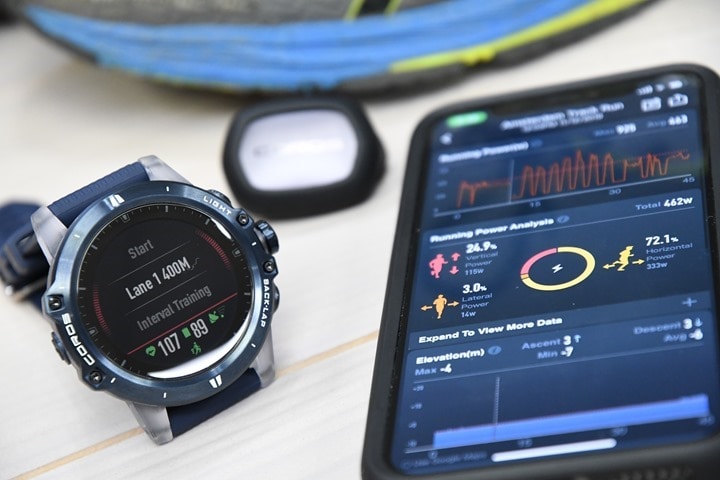
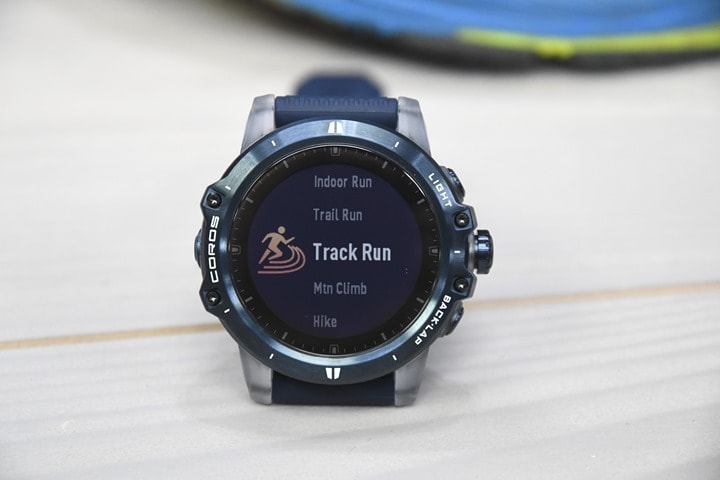
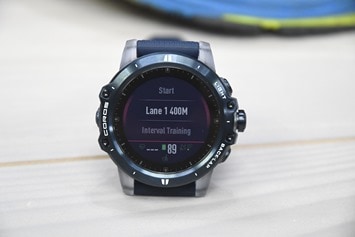
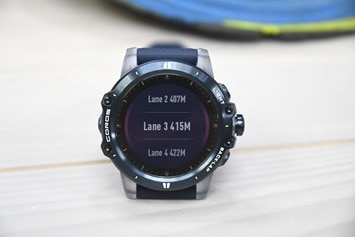
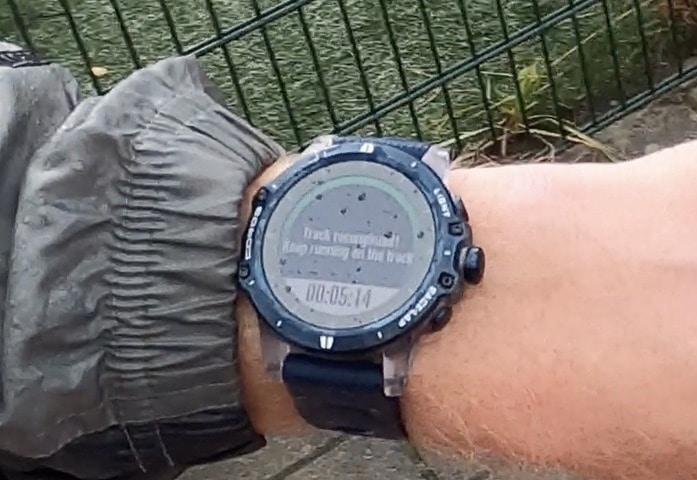






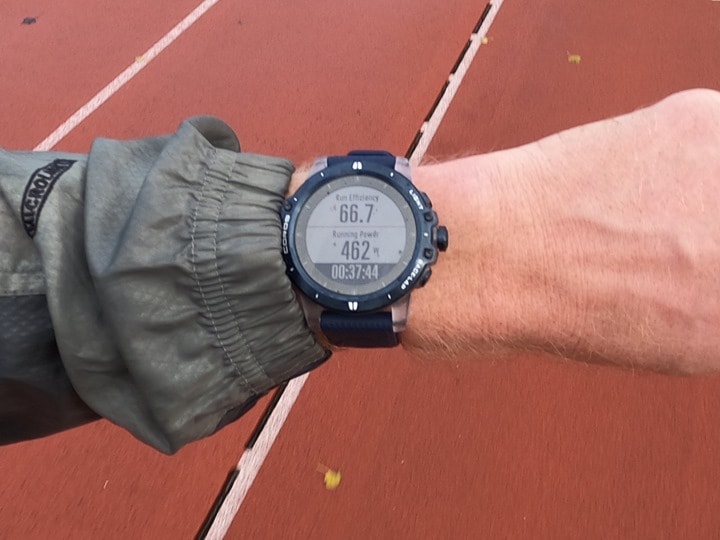
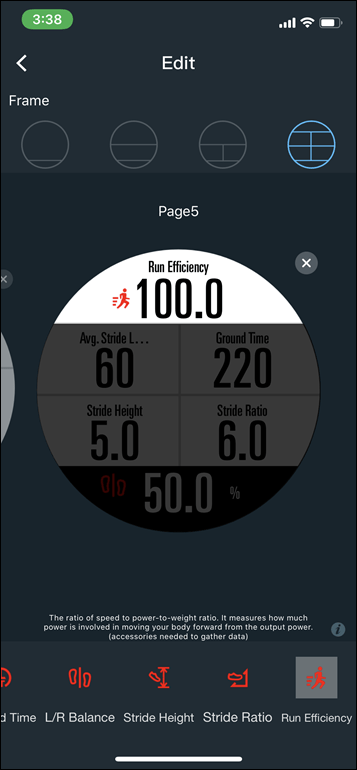
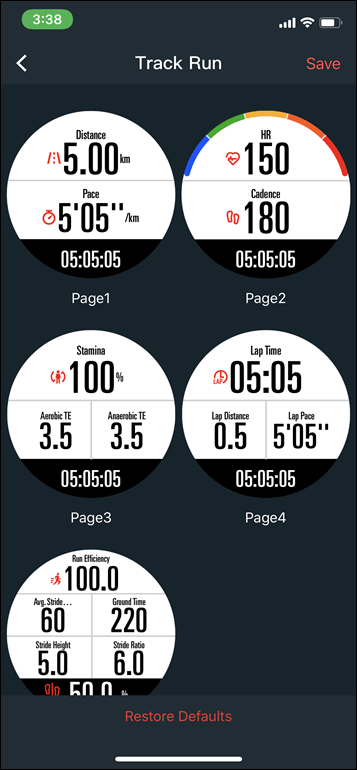
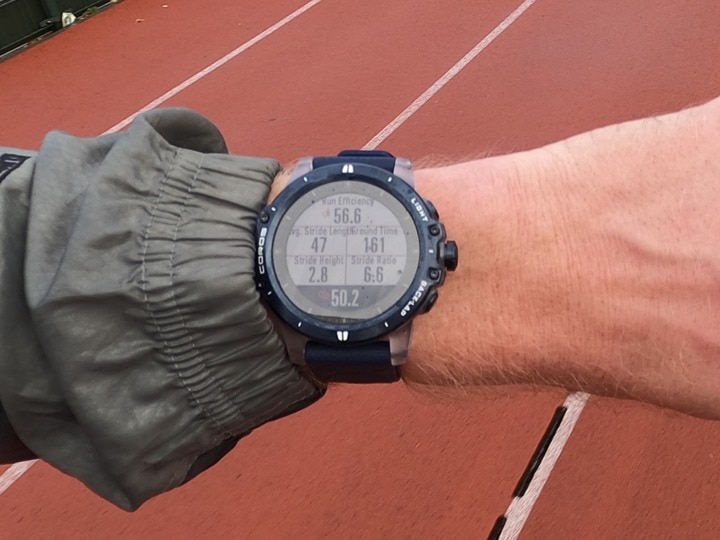
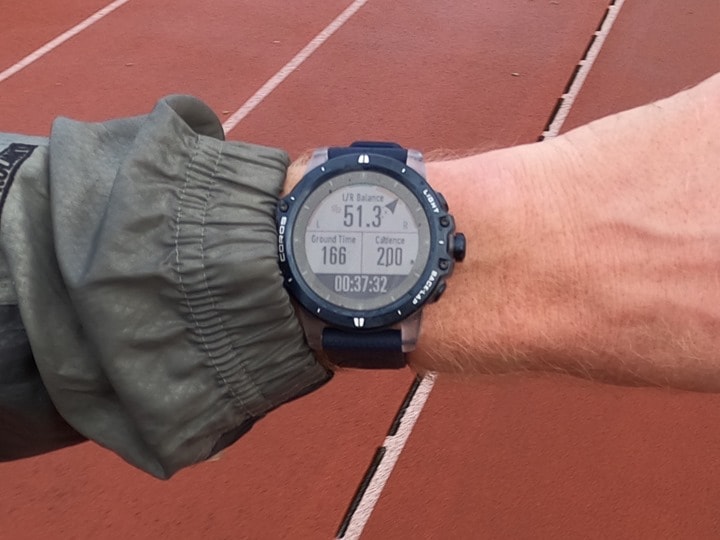
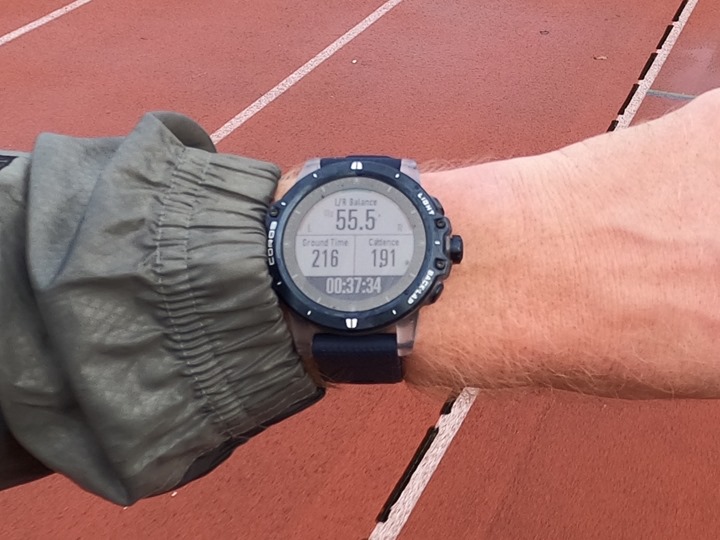
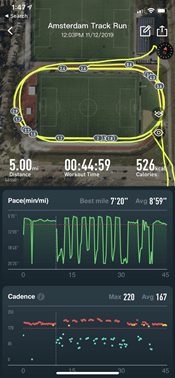
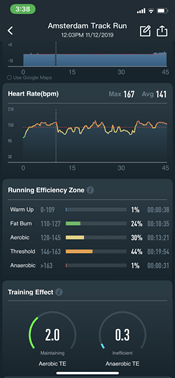

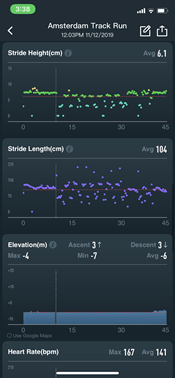
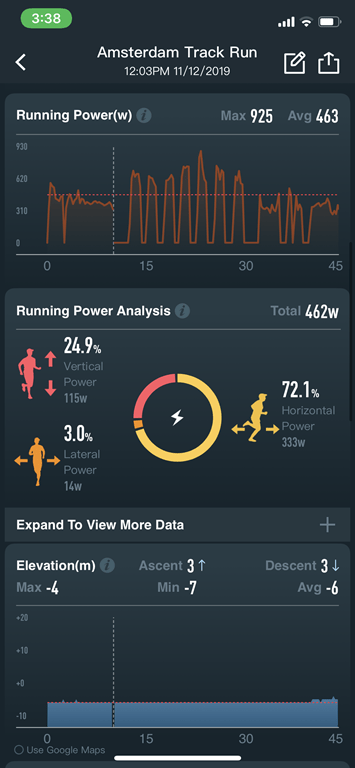
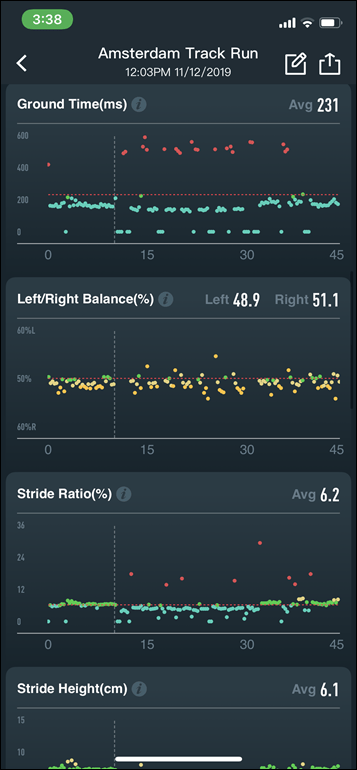

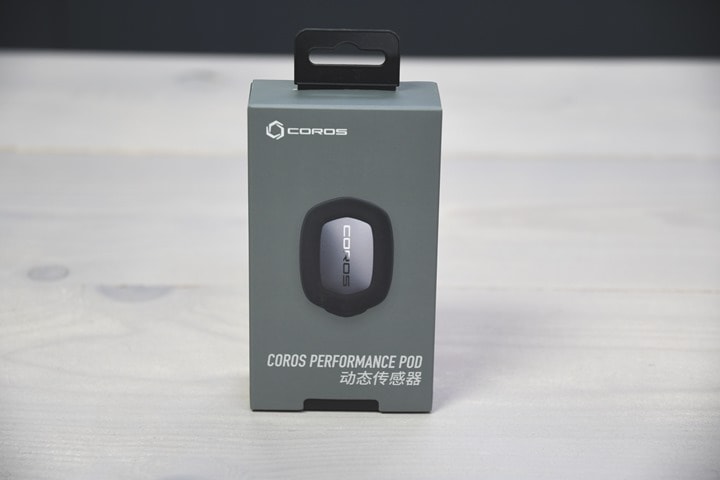
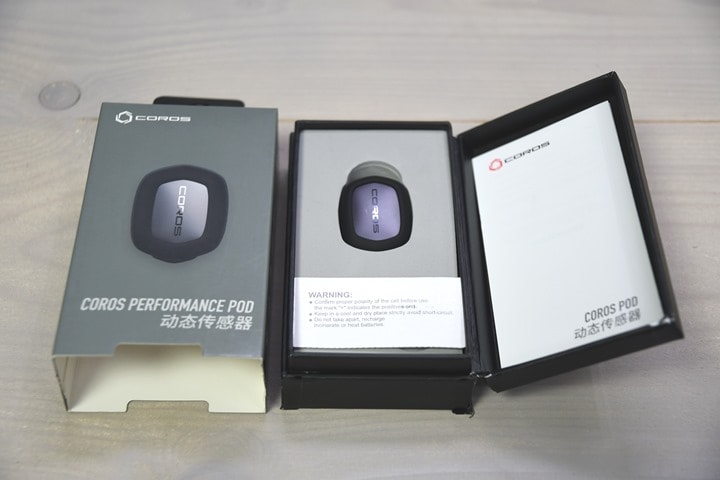
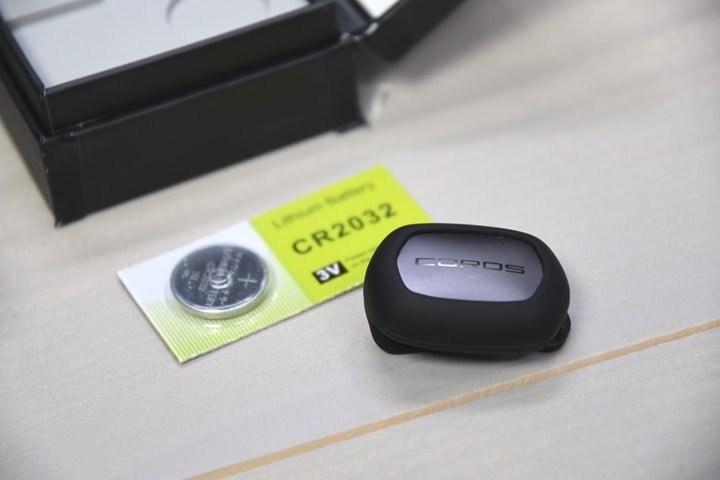

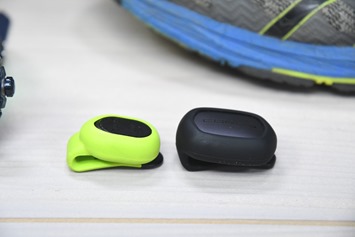

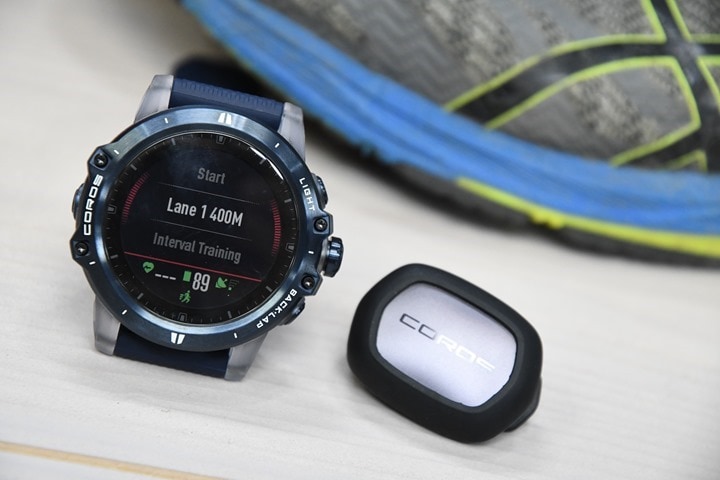





















* Flashback * to my days of competing in 24 Hour track races ?
The automatic lap recording would have been useful, there were disputes from time to time with the manual lap recorders and the suspicion that they’d missed recording one of your laps.
even if it’s not totally accurate at this stage – it’s encouraging to see them try to innovate. Somebody needs to keep Garmin on it’s toes
I cant help but think that GPS just isn’t accurate enough for track workouts. You need a foot pod, or the ability to place ‘beacons’ around the track so that the watch can know where it is in relation to points on the tracks. Drop a small pod on the start line, and when the signal is at its strongest then you’re crossing the start/finish line. You could set workouts however you like, and as long as you start a set at the right point in the track, the watch can count your laps accurately. That doesn’t fix instant pace, unless you have 100 of the things perfectly spaced!
Usually though, simplest is best. I just have manual laps set and then do the mental maths on the efforts. If you are running a structured track workout, then you should understand enough of the what/why to be able to manage that.
Garmin could so easily use their Chirp pods for this purpose and have the runner place them at 100m intervals.
speaking of metres, Garmin don’t support meters in running with statute for biking either. still. despite all the requests. Sure, I can use ConnectIQ to bodge it, but really this is fundamental functionality that should just be there.
Yup, I agree. I’ve long thought that’d be a great and simple upsell. Plus, a way to get rid of thousands of chirp units floating around.
Just stick it by the side of the track, even in a bag, next to the line. Even one would be great.
lap on chirp proximity would make so many people happy! I’d bet you could even do that in ConnectIQ…
I’m an engineer, but please don’t let me do mental maths while running interval workouts !!!
I think they’re right about power on the Garmin devices, they don’t transmit it so they don’t actually support it. The watches use their data for power, true, but that’s no help on a third party watch needing power readings is it?
I’m assuming here that the Coros app does the track lock so they are unlikely to crack that particular problem on your wrist while running.
But by that definition, nobody transmits it in the open including them. As the COROS pod doesn’t transmit power by itself, it’s done on the unit.
I thought Stryd transmitted power? I was assuming Coros did too given that table. Of course you have the gadgets to scan the Ant+ so you’d know best :)
And if we want to get really ugly technical – the Garmin devices technically don’t transmit Stride Length either. That’s just a native thing.
Yeah, Stryd does, but COROS doesn’t (or, if they do, it’snot showing up on any units I have here).
Runscribe broadcast power too.
Stryd is also a great footpod for pace metrics on indoor tracks or treadmills. I think the Garmin RD Pod did not provide pace as a metric (and thus I also assume the Coros does not?).
I had previous Garmin ANT+ footpods and then the stryd and felt the stryd was clearly superior – it was more consistent and the data just looked cleaner when using on a treadmill (for example). The milestone (now Zwift pod) seemed even worse yet. Is it still true that the Stryd pod may clearly be the best for pace metrics (with advanced metrics “on the side”)?
Will it pair to a Stryd footpod for pace / distance etc at this point, or are Coros still being childish about it?
I guess this isn’t the super duper explosive news we are waiting on is it?
Coming up in 15-20 seconds…
Good to see an attempt at innovation in the running space. Might give a reason to talk about running in your podcast. Curious if you were to plot vertical oscillation/stride height does it have any correlation with the respective power curves? Garmin VO from HRM straps is always somewhat more than the Stryd for instance and Garmin power is higher of course.
Now then I wonder if you could use Garmin’s new PacePro feature to achieve similar to the Running Track mode given that it is also spatially aware. Maybe you could “draw” a lap carefully in Garmin Connect and “copy/paste” many times to give as many laps as you want for your course. Be bit of an effort to setup might be fun to try. Umm maybe I have set myself a challenge…
Of course there’s a correlation. There’s only one sensor in the footpods (3D accelerometer) and that is used to deduce all the other metrics including power. Since the power number is derived it stands to reason there’s a correlation.
What I think you meant to wonder is whether there’s a correlation between power output and stride stats. That’s a different question which we won’t know the answer to until we can measure the power.
I know what you’re thinking. The questions are the same. They aren’t though if you think about it!
Dave – I meant is there a correlation between what the respective companies compute for VO to what they come up with for power given VO and power don’t seem to be computed the same by each one. Yes VO is clearly a factor in the computations.
“you’ll see the Vertix, while smoothed, it’s actually any better than the others In fact,”
This needs some love. Also there’s a “You’re call” somewhere.
I have a Coros POD (beta tester) and it does alert on my Pace to remove the POD after stopping and closing the run. :)
“As for the day – it seems plausible” should that read “data”?
t5krunner suggests that what Coros are calling power is really GCT (ground contact time), both of which are connected in a non-trivial way I would presume.
Otherwise thanks for the analysis, thorough as ever, it’s good to see companies thinking outside their box.
How does this work with say Zwift over Bluetooth? What data does it broadcast?
It doesn’t. While it has Bluetooth, at this point it appears to only be used for pairing to the COROS app for firmware updates.
I’m starting to like this company. Who are they? Chinese?
Basically, with sales & marketing run in the US.
Coros Apex- 4 road runs- 31 miles. I like it a lot better than the Polar Vantage M I recently returned. Basically I have been a Garmin guy since their FR 101- “the brick”. Coros continues to release updates and their customer service is impressive.
Oh Ray, 33 miles from 92,000 road miles over the last 43 1/2 years. I am very grateful. Thanks for all you do. My best to you and your growing family. My wife and I are fortunate to have 3 daughters- we have 3 grandsons. Remember, there is no finish line, well the cemetary. Nick
Regarding the COROS’ feature comparison chart – I don’t believe Stryd has L/R balance.
What does L/R balance mean in the COROS universe, by the way? Garmin clearly states it’s GCT balance. Is that the case for COROS as well? Or is it stride length balance? Or something else?
Hi Ray,
Waiting for your Coros APEX PRO review before deciding which watch to buy.
Is there any change you will review or you skip this contender all together?
However, I might wait for developments on “FR655” or whatever it is named.
Thanks.
Harm
Does the pod work with the Pace?
If I wanted to use the pod paired to a phone (as the pod only works with Coros watches or their app) on a treadmill would it show power on the Coros app?
The Coros app doesn’t record workouts itself. It only shows workouts downloaded from a watch. (Technically, there is a way to use the Coros web site to upload a .tcx or .fit file, and that will show up in the app. It’s very hidden functionality, however, and doesn’t apply in this case.)
Ah, so you can’t really use it like how the Wahoo app works – there’s no using the Coros app as a display while treadmill running for real time power, got it. I was hoping I could use just the pod, without getting the watch..what a shame. Thanks for that ?
Thanks for the great reviews. Just wondering if the Coros will work with Zwift in the absence of a Coros watch?
Have you noticed any updates to the track run feature especially with the entering/exiting track with continued GPS support?